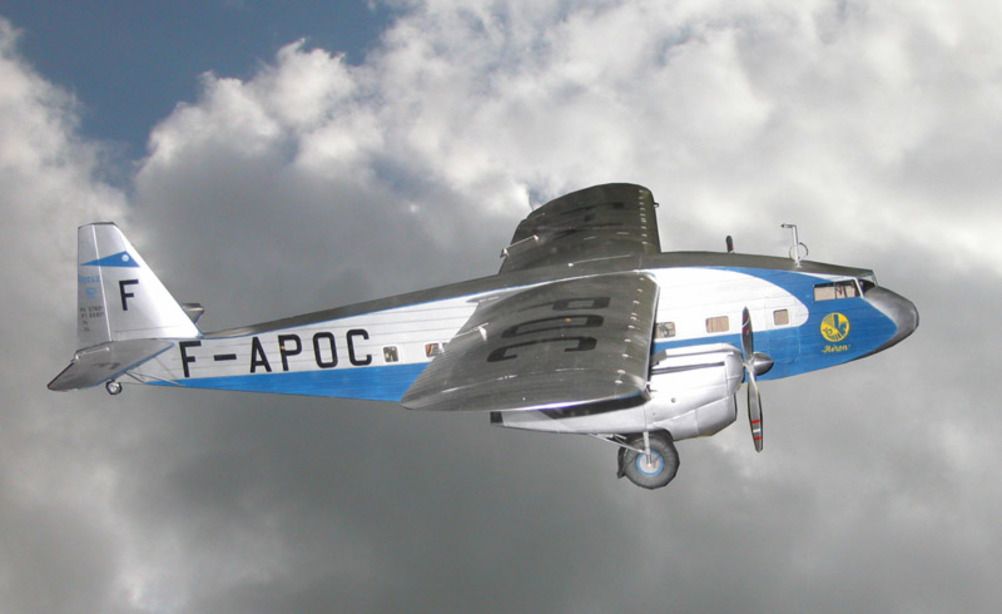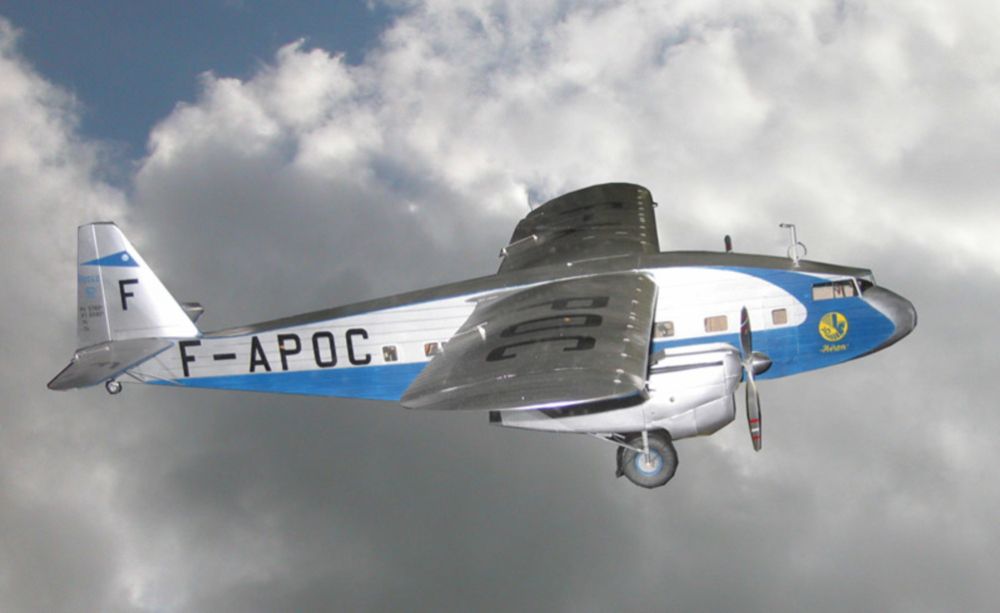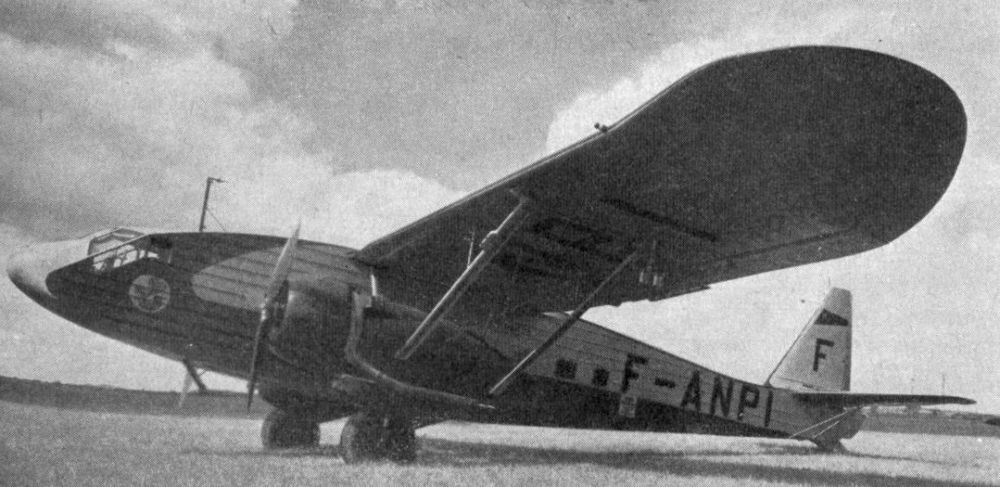Today marks 87 years since the Potez 62 first took to the skies. Designed by the legendary Henry Potez, the inventor of World War I's Potez-Bloch propeller, the twin-engine performed its maiden flight on January 28th, 1935, helping Air France grow in the crucial interwar period of French civil aviation.
A natural evolution
The aircraft was based on the Potez 54 bomber, which served with the French Air Force and the Spanish Republican Air Force. The fuselage was redesigned for better aerodynamic shape. Additionally, the control cabin was placed in front of two passenger cabins.
The Potez 621 variant was an improved version that was backed by a 540 kW Hispano-Suiza 12Xrs Vee engine in LH rotation fitted at the starboard and another in RH rotation fitted at the port. This variant soon flew after the original and went on to complement the series during the interwar years.
An influential customer
There was plenty of excitement when Air France ordered 14 new Potez 62 family units. The flag carrier of France launched an advertising campaign titled Dans Tous Les Ciels (All in the Skies) to promote service with the high-wing monoplane.
“The Potez 62 is equipped with two Gnome-Rhone 14-cylinder engines, one engine of which can fly the plane satisfactorily. It is said to possess remarkable gliding qualities and is unusually easy to handle. This has been verified in the course of it regulation 100-hours of trial on the Paris-Lyon-Marseille route,” Popular Aviation reported in September 1935.
“It can be landed in an exceptionally small space. At 6,600 feet altitude it develops a maximum speed of 200 mph with both engines and 125 mph only one engine functioning. The absolute ceiling with two engines is 28,500 feet. Cruising range with normal fuel supply is 685 miles at a speed of 175 mph. It is provided with seats for sixteen passengers and one bartender. When fully loaded with passengers, fuel and equipment, it weighs about 14,000 pounds.”
Stay informed: Sign up for our daily and weekly aviation news digests.
Military performances
In total, 23 Potez 62 family aircraft were produced since the program launched. Notably, four units of the original 62 model were converted to 621s. Moreover, nine 62s were re-engined with 71kW Gnome-Rhone 14N16/17 radial models in 1937.
Aviastar.org notes that the Potez 62 series grabbed the attention of the Armee de I'Air, with the military outfit ordering a soldier transport edition. Thus, the Potez 65/650 TT could carry 14 soldiers and three crew members. It could also hold six stretchers and four seated patients in its ambulance setup. A total of 15 units were ordered for the military productions.
World War II soon arrived, rocking civil services across Europe. However, the Potez 62 found a role in the conflict, with a unit serving with the Free French Air Force. However, commercial operations came to an end during this period.
What are your thoughts about the Potez 62? What do you make of the aircraft's history? Let us know what you think of the plane and its operations when in service in the comment section.




